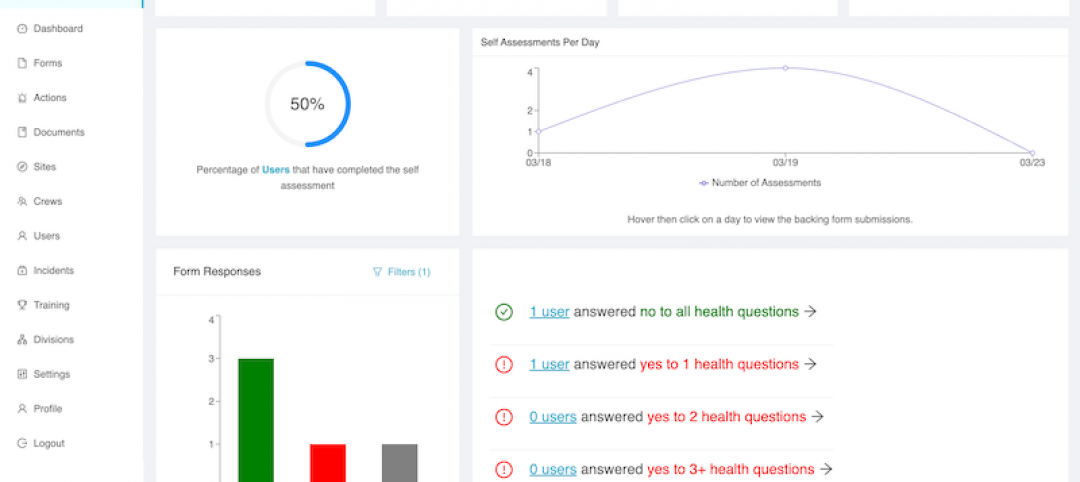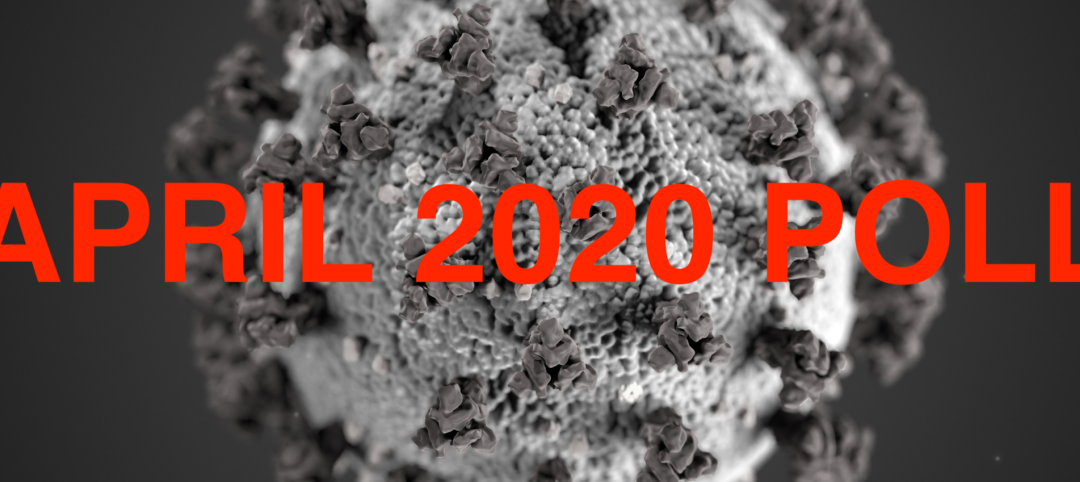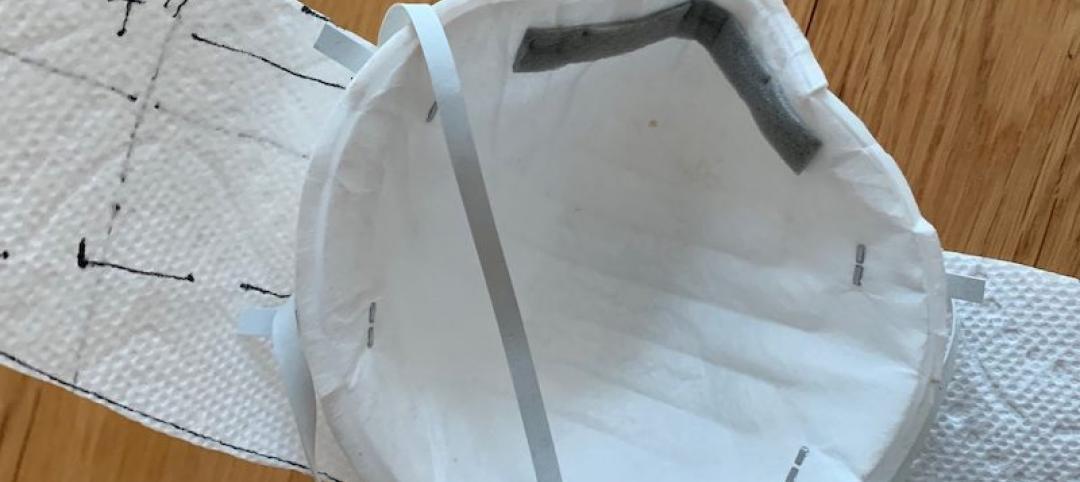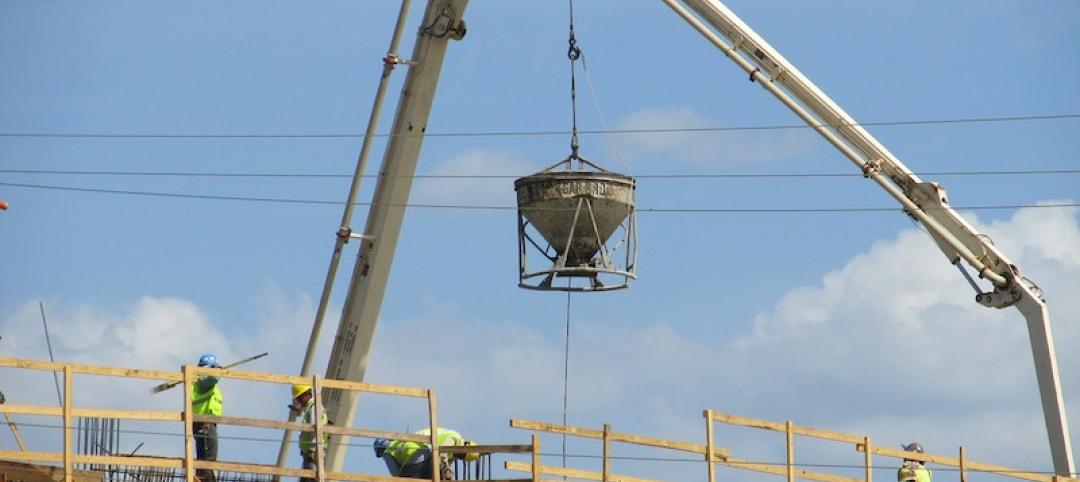In its second survey of 11.5 million units of professionally managed apartment units across the country, the National Multifamily Housing Council (NMHC) found that 84% of apartment households made a full or partial rent payment by April 12, up 15 percentage points from April 5.
NMHC’s Rent Payment Tracker numbers also examined historical numbers and found that 90% of renters made full or partial payments from April 1-12, 2019, and 91% of renters in March 1-12, 2020. The latest tracker numbers reflect a payment rate of 93% compared to the same time last month. These data encompass a
“It appears that the vast majority of apartment residents who can pay their rent are doing so ... so apartment owners can help residents who legitimately need help,” said President Doug Bibby. “Unfortunately, unemployment levels are continuing to rise and delays have been reported in getting assistance to residents, which could affect May’s rent levels."
Bibby said that, as apartment residents begin receiving the direct payments and enhanced unemployment benefits from the federal government, "we will continue to see improvements in rent payments.”
CLASS A PROPERTIES DOING BETTER ON RENT PAYMENTS THAN WORKFORCE HOUSING
“Anecdotally, we are hearing that different parts of the industry are experiencing different levels of rent payments,” said David Schwartz, NMHC Chair and CEO Chairman of Chicago-based Waterton. “As you would expect, more expensive Class A properties, whose resident base may be more able to work from home, are reporting much higher percentage of rent payments than operators of more affordable workforce
"History offers us no frame of reference for the truly unprecedented economic situation we find ourselves in,” said Bibby. "With apartment firms stepping up to support their residents by waiving late fees, creating flexible payment plans and offering other creative solutions for residents impacted by COVID-19, we expected more renters to pay later in the month than has historically been the case. The increase in this week’s number over last week’s, however, shows that apartment residents are continuing to pay rent despite the financial challenges facing them.”
The NMHC Rent Payment Tracker metric
HOW NMHC'S PAYMENT TRACKER WORKS
The NMHC Rent Payment Tracker is a cumulative data tool. Every week, the PMS providers submit two data points to NMHC: the percentage of apartment households that paid their rent for a specific time period and the total number of occupied units in their data universe (with certain exclusions). Data is submitted weekly on the following schedule: week one: from the first day of the month through COB on the 5th, week two: from the 1st through COB on the 12th , week three: from the 1st through COB on the 19th and finally from the 1st through the last day of the month, giving a monthly data point for the "percent who paid." To recap, the "percent who paid" number will increase each week, until we reach our final “percent who paid” number for the month.
Partial payments or conversions of security deposits into rent (which some property management firms are allowing) are captured once, when the first partial payment is accepted to avoid having them double counted. Subsequent partial payments are not captured in the data because the metric is “what percent of renters paid some/all of their rent” in a given month. Additional payments made by the same resident in the month would increase the total amount of rent paid, but this metric does not measure that.
The NMHC Rent Payment Tracker is powered by Entrata, MRI Software, RealPage, ResMan and Yardi. More information on the NMHC Rent Payment Tracker can be found here. Additional NMHC resources, data, and materials can be found here.
Related Stories
Coronavirus | Apr 2, 2020
As virus spreads across North America, software providers step up with cost-free offerings
The goal is to keep construction projects moving forward at a time when jobs are being postponed or canceled.
Coronavirus | Apr 2, 2020
SBA and Treasury begin effort to distribute $349 billion in emergency small business capital
The new loan program will help small businesses with their payroll and other business operating expenses.
Coronavirus | Apr 2, 2020
New webinar explains how AIA Contract Documents can address business disruptions due to Covid-19
The webinar was recorded March 27.
Coronavirus | Apr 2, 2020
Informed by its latest Crane Index, Rider Levett Bucknall anticipates the effect of coronavirus on the construction industry
While total crane count holds steady, turbulent economic conditions indicate a recession-based drop in construction costs.
Coronavirus | Apr 1, 2020
How is the coronavirus outbreak impacting your firm's projects?
Please take BD+C's three-minute poll on the AEC business impacts from the coronavirus outbreak.
Coronavirus | Apr 1, 2020
Opinion: What can we learn from the coronavirus pandemic?
The coronavirus pandemic will soon end, soon be in the rear-view mirror, but we can still take lessons learned as directions for going forward.
Coronavirus | Apr 1, 2020
Three reasons you should keep sewing face masks (as long as you follow simple best practices)
Here are three reasons to encourage sewists coast to coast to keep their foot on the pedal.
Coronavirus | Apr 1, 2020
TLC’s Michael Sheerin offers guidance on ventilation in COVID-19 healthcare settings
Ventilation engineering guidance for COVID-19 patient rooms
Coronavirus | Apr 1, 2020
February rise in construction outlays contrasts with pandemic-driven collapse in March as owners, government orders shut down projects
Survey finds contractors face shortages of materials and workers, delivery delays and cancellations.
Coronavirus | Apr 1, 2020
Green cleaning and the coronavirus
If your cleaning teams use bleach to disinfect buildings from Coronavirus, will you put your LEED certification at risk?

















